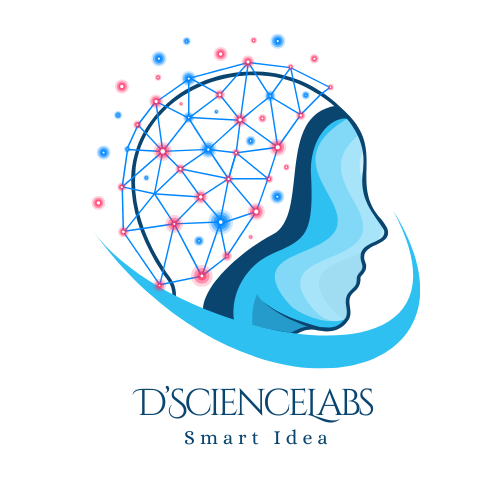About the Book
Linear Algebra is a cornerstone of modern mathematics with deep applications in statistics, engineering, computer science, and data analytics. It provides the language and tools for solving systems of equations, modeling transformations, and analyzing multidimensional data. Mastery of linear algebra enables us to handle complex computations, optimize processes, and understand structures underlying statistical models and machine learning algorithms [1], [2].
Overview of the Course
The Figure 1 presents a visual overview of the course, highlighting the progression of key topics and their interconnections. It guides readers through both theoretical foundations and practical applications, offering a roadmap to navigate from basic concepts to real-world case studies [3].
Applied of Linear Algebra
Linear Algebra (Figure 2) is a fundamental branch of mathematics dealing with vectors, matrices, vector spaces, and linear transformations. It provides the language and tools for modeling, analyzing, and solving multi-dimensional problems. Beyond theory, linear algebra is applied across science, engineering, computer science, economics, and even social sciences, serving as the backbone for data analysis, machine learning, and optimization.
The following mindmap illustrates a 5W+1H framework that explains:
- What: The core concepts of Linear Algebra, including systems of linear equations, determinants, matrix inverse, vector spaces, and eigenvalues & eigenvectors.
- Why: Its importance in modeling real-world problems, optimization, and prediction across scientific and engineering disciplines.
- When: Linear Algebra is continuously needed whenever multivariable systems exist — in the past, today, and in the future — for science, engineering, and data-driven applications.
- Where: The areas of application, such as business and economics, engineering and physics, data science and artificial intelligence, mining and geoscience, as well as social sciences and network analysis.
- Who: The practitioners who apply Linear Algebra, including scientists, engineers, analysts, researchers, and professionals in computational fields.
- How: The methods and tools used, such as Gaussian elimination, matrix factorizations (LU, QR, SVD), and computational software like R, Python, and MATLAB.


